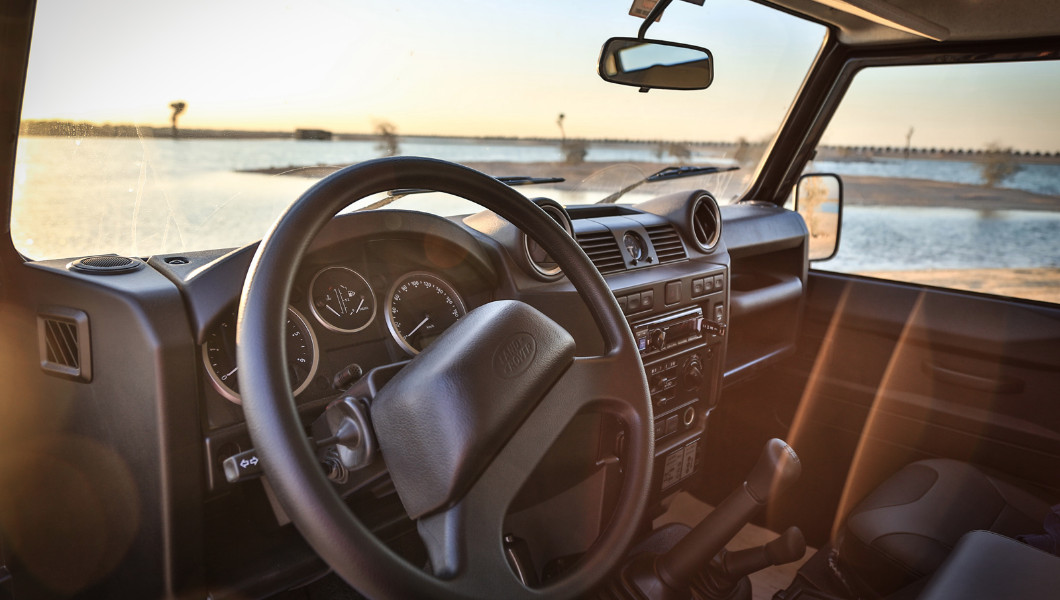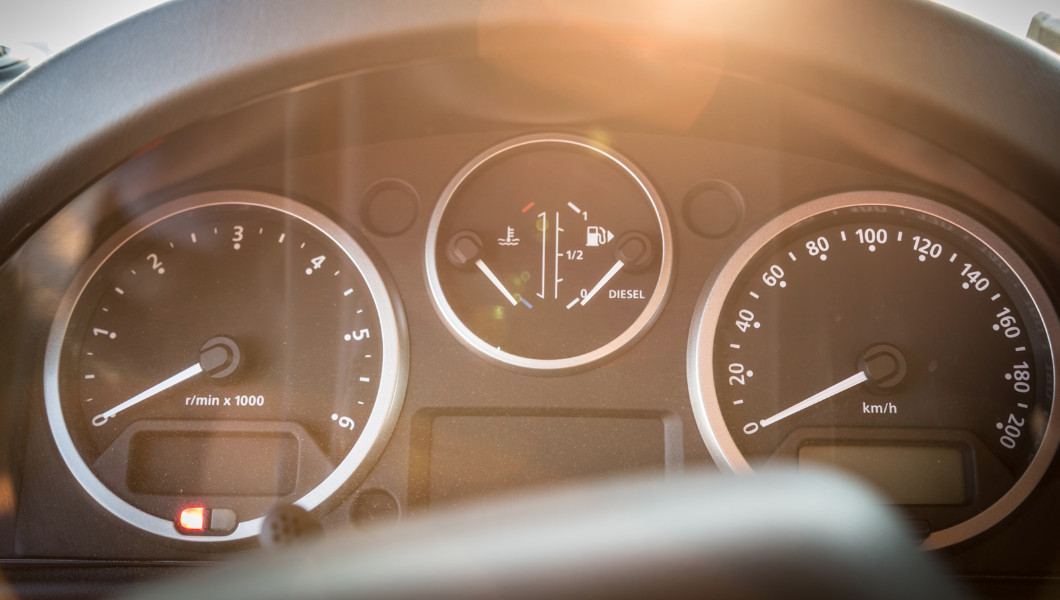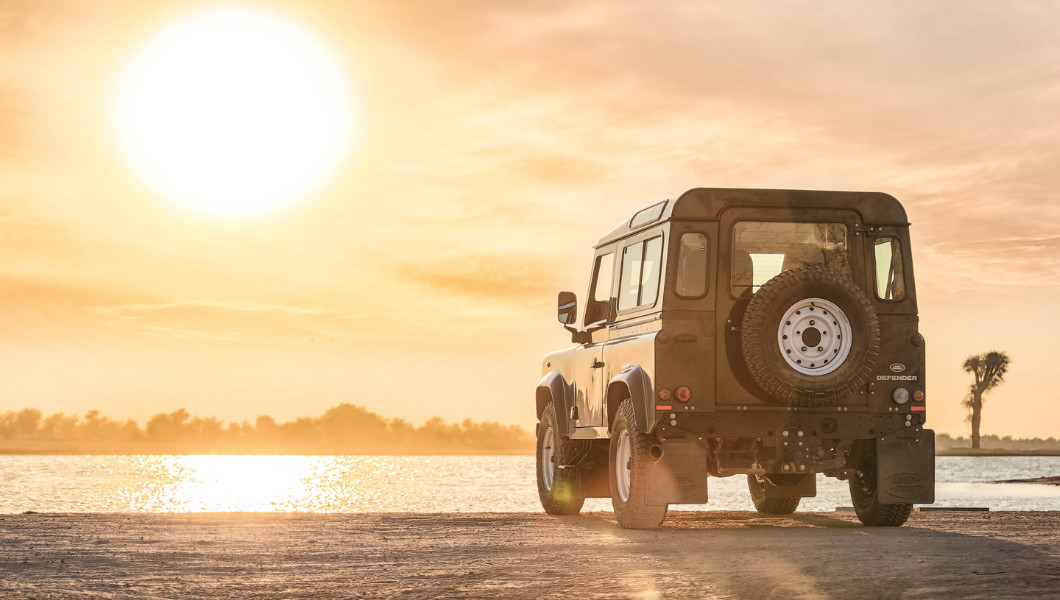In the aftermath of World War II, Europe was a changed place. In 1968, post-war rationing was in full swing and the idea of growing your own food was less a hipster trend and more a basic necessity. The concept of doing more with less gave rise to the bikini – which somehow coincided with the baby boom – but also translated to British engineering, which was primed for innovation. For almost a decade prior, the US Army’s bread-and-butter 4x4 had wowed Allied and Axis forces alike.
The Willys MB, commonly known as the Jeep, was a dexterous and versatile motor that inspired the I-, II- and III-series Land Rovers, the precursors to what we now know as the Defender – 30 years prior to any carmaker called “Land Rover” even existing. The erstwhile Rover brand had seen its Coventry plant levelled by relentless German bombing, but a new facility in Solihull, in the English Midlands, began churning out the ultra-robust all-wheel-drive vehicles that have become beloved around the globe.

Almost 68 years later and Jaguar Land Rover claims it has shifted more than two million units before halting production just last month. Back in the day, it came in any you colour you liked (as long as it was green), but has since spawned a range of options and upgrades for militaries, bumpkins and adventurers around the globe. Spartan-esque both in its set-up and work ethic, the vehicles famously outlast everything else on the road. As a testament to their longevity, Land Rover famously stated in 1992 that 70 percent of all the cars it ever built were still in use. That seems like a bold claim – unless you’ve actually driven one.
We recently put ourselves behind the wheel of a 2016 Land Rover Defender 90 SW Adventure Edition to experience the four-wheel-drive feels and to see how it fared in the Arabian Desert, both on- and off-road. We were presented with the lovechild of a Sherman tank and a prize-winning bull; endearingly strong and fit for purpose – if that purpose was getting down and dirty away from the tarmac. Just sitting behind the wheel of a Defender is like returning to a bygone era, with a dashboard refreshingly devoid of gadgetry, and that’s not a criticism. The minimalism is a breath of fresh air. Need some cruise control? Steady your ankle. Want heated seats? Buy a hot water bottle. You get the idea.

So in lieu of a high-tech, comfort-focused experience, what do you get? From the moment you fire up the Defender, you’ll realise this is a different breed of car, unabashedly awkward for busy city roads but born for bigger things. Not speed, nor acceleration – with a zero to 100 time of “eventually” – but the idling rumble of the 2.2-litre, 4-cylinder is aurally apt for a farm estate or a safari park, despite often being relegated to the supermarket or the school run.
It seems like a baffling business move to abolish a product that consistently shifts 18,000 units a year, so with demand not waning, why cut supply? Rumours abound of an upcoming next-gen Defender, but considering that most “Landies” will live on for many decades to come, it might not be uncommon for our kids to see some well-preserved classics sharing the streets with autonomous vehicles and the (actual) hoverboards of the future. When all’s said and done, we refuse to say goodbye to something that is likely to outlive us.

NUTS & BOLTS:
Engine: 4-cylinder diesel
Capacity: 2.2L (2198 cc)
0-100 kph: 15.8 secs
Transmission: 6-speed manual
Top speed: 145 kph
Price: AED229,000 (US$62,345)






